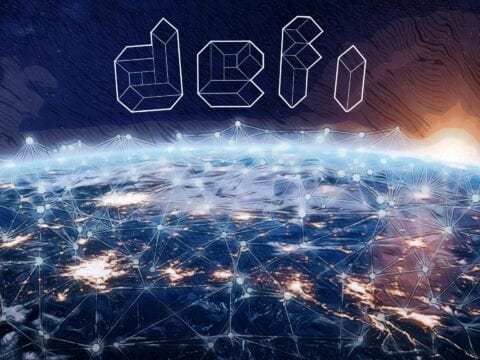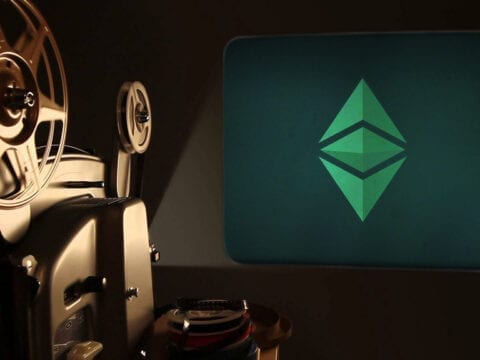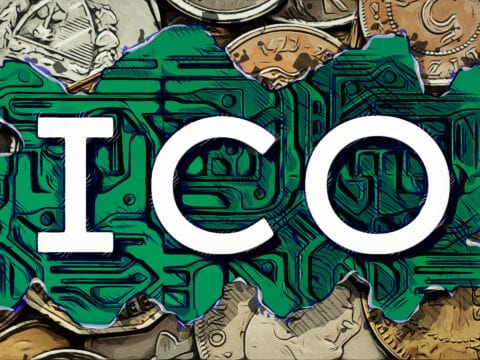
Remember the time we had no internet. When we came back home, we sat comfortably and watched the news on TV and believed everything they said. We never thought that we could be the ones writing something and sharing it with the world.
Then the internet came by, and you could write everything you wanted and share it with everyone. That is the decentralization of information. We can say that in the same way blockchain is the decentralization of payments or transactions.
Blockchain technology originally devised from Bitcoin is a data structure and its main role is to store data. Nevertheless, there are some things that separate blockchain from other data structures. All of the data are stored in a public distributed ledger which isn’t owned by anybody.
Moreover, the idea of the blockchain is to make online transactions the same way we do transactions using fiat currency, without a third party. In the cases of Visa, Paypal, and other fintech the third party is a bank which is usually controlled by the government, and take a fee on each service they go through. Hence, the whole purpose of blockchain technology is to make stuff decentralized, in the case of Bitcoin, decentralizing the currency.
What Is the Meaning of Decentralization?
Decentralization means that the network is connected peer-to-peer(user-to-user) meaning that nobody can control the data stored at will, without following a set of rules which are different on each blockchain. Everybody that uses blockchain is called a node. Each node has its own copy of the blockchain which is identical to other copies of the blockchain on each node.
When a transaction occurs in the blockchain, every node(user) is informed about the transaction and as a result, they update its ledger. The larger the network grows, the more decentralized and secured it becomes. By storing blocks of information that are identical across its network, the blockchain:
- Cannot be controlled by any single entity.
- Has no single point of failure.
A Real-Life Solutions
Let’s say that Alice wrote an article and shows it to Bob through blockchain in order for him to review it. Bob sees that the article is amazing, so he decides to publish it himself and get the credits.
In order to do so, Bob must hide the fact that Alice wrote the article. He does this by deleting this information from his blockchain and replacing it with his own name.
However, when Bob shares his own blockchain with other nodes, they will notice that the copy of Bob’s blockchain is not the same as their own copy.
Other nodes will check which copy is valid and since Alice’s copy was uploaded on the blockchain first, with the purpose of the show it to Bob, other nodes will accept the first published copy, thus ignoring Bob’s update on the blockchain.
Hence, this shows that blockchain technology is very different from traditional databases, as it cannot be controlled by any single entity and does not allow data corruption due to the fact that it has no single point of failure.





